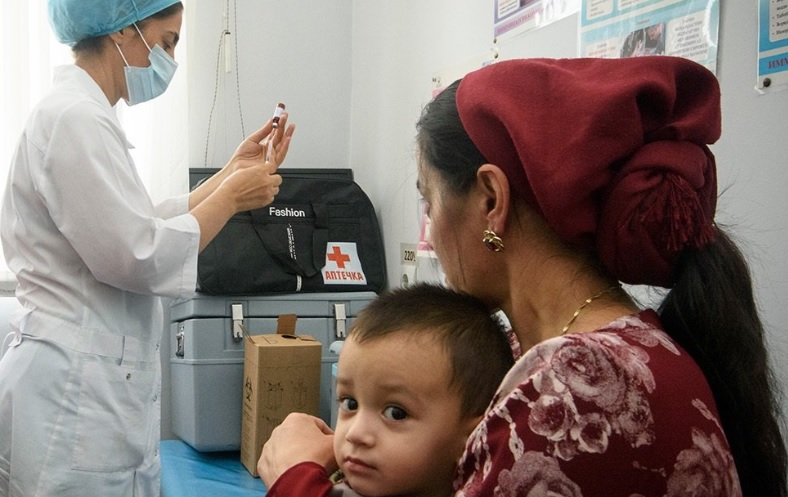Summary: WHO/UNICEF estimates of national immunization coverage 2023
 World Health Organization (WHO) and UNICEF published the 2022 annual estimates of national immunization coverage on Tuesday 18th July. The data was highly anticipated, especially in light of 2021’s data which warned that the COVID-19 pandemic had caused a sustained decline in global coverage – at great threat to the health of children and communities worldwide.
World Health Organization (WHO) and UNICEF published the 2022 annual estimates of national immunization coverage on Tuesday 18th July. The data was highly anticipated, especially in light of 2021’s data which warned that the COVID-19 pandemic had caused a sustained decline in global coverage – at great threat to the health of children and communities worldwide.
In 2022, WUENIC’s data revealed immunization services are rebounding in some countries: Globally, 89% of children received the first dose of the Diphtheria, Pertussis and Tetanus (DTP) vaccine. This is only 1% behind 2019 coverage levels and is a testament to the hard work of the thousands of health-care workers responsible for delivering immunizations.
However, progress is not evenly distributed. Major gains have been made in some regions, led in part by achievements in populous countries, but many countries are still lagging in their recovery and are not yet back to pre-pandemic levels of coverage. Regions that have seen long-term improvement in MCV1 coverage in the years preceding the pandemic have also been the most resilient to recover, highlighting that sustained health system strengthening is vital for resilience from shocks, and is a great investment for pandemic preparedness.
Low-income countries are lagging in their progress towards recovery, and the African region continues to have lower coverage for DTP and measles-containing vaccines – in part due to the increasing birth-rate in the region. Given that challenge, it is encouraging that more countries in Africa have improved over their 2019 level than in other regions.
In some regions, major improvements have been made in some countries, but the regional averages still show declines. Concerningly, in low-income countries the dropout rate – that is children who do receive DTP1 but do not go on to receive DTP3 or MCV1 – is high and increasing. Highlighting that we must reach and keep every child engaged with immunization services.
This is particularly emphasised by the fact that recovery has been slower for measles-containing vaccine. We are observing close to a doubling in the number of reported large measles outbreaks over the course of 2022, and further increases since. HPV coverage is the highest yet seen, with recovery of programme performance to pre-pandemic levels plus new introductions, though many countries with substantial cervical cancer burden are yet to introduce. Likewise, not all countries at risk of yellow fever have introduced yellow fever vaccine into their programmes.
Overall WUENIC has shown that we should consider the challenges from multiple lenses: zero-dose, drop-out rate, absolute number but also proportion reached – so that we reach every community, no matter how far, no matter how few. WUENIC also shows that with the concerted effort called for as part of the Big Catch-up, major gains can be achieved, that can return us to the trajectory of IA2030 targets.
WUENIC by numbers:
- 89% Global coverage of DTP1 in 2022
- 2 million children vaccinated with DTP1 in 2022
- 3 million zero-dose children
- 8 million fewer zero-dose children than 2021
- 83% of children received a measles vaccine in 2022
- 21% of girls received a HPV vaccine in 2022
- Drop out rate between DTP1 and DTP3 and MCV1 in LIC is 13% and 18% respectively.
Each year, WHO and UNICEF spend months working closely with national immunization staff, WHO country and regional offices, and global data experts, gathering and analysing the data in the lead-up to the launch, Following the launch, countries, WHO, UNICEF and many partners, use the data to inform and target their interventions to support immunization services. This year the WUENIC team generated more resources than ever before, including an interactive app to explore country data for each vaccine over more than 20 years, as well as a brochure contextualising the metrics and what they mean at a human level.
Compendium of WUENIC resources:
